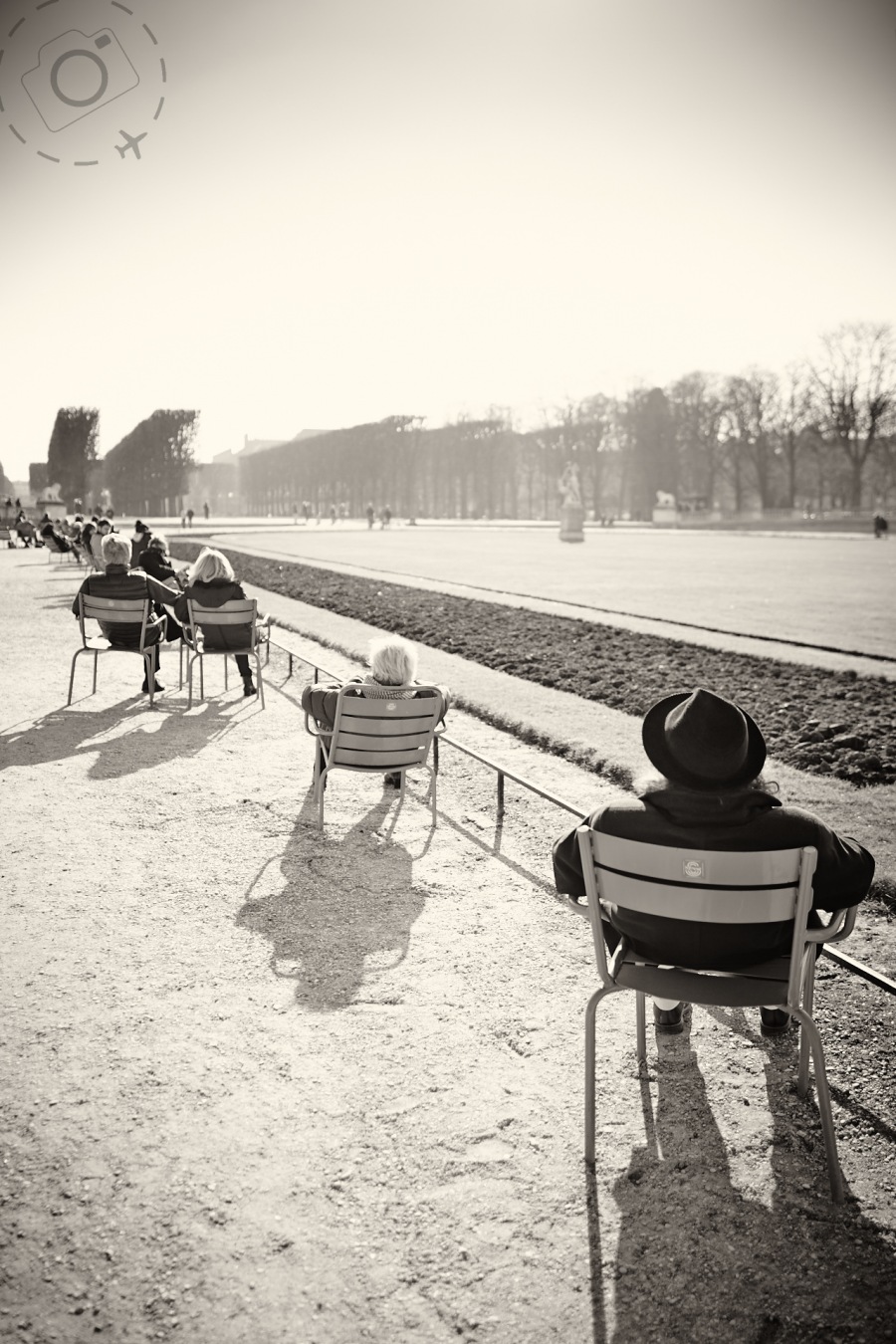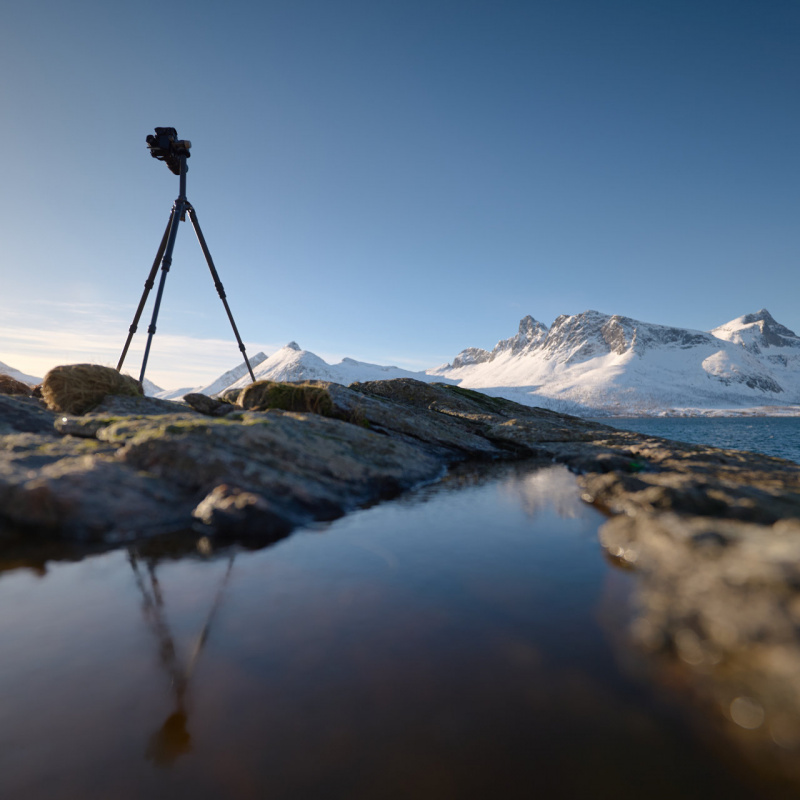Hard Advice
Often you're meeting with someone who has decades of photographic experience behind them and are established photographers in their own right. Understanding where your work lies across the spectrum of photographic genres is important if you want to make the most of your time face to face with these reviewers. One person told me, "I've seen some terrible works this morning, I hope you've got something good to show me."
I made life difficult for myself by choosing a range of reviewers that cover the full spectrum instead of narrowing down to either galleries, publishers, editors or festivals. Even worse I packed just one set of images but what I really needed were two or three collections to cover the diversity of interests reflected in my list of reviewers. If your photography is limited to a single interest then you'll already be choosing a narrow field of reviewers and hence a narrow collection is suitable.
At the heart of my mistake was presenting a body of work that demonstrated my range of skills, instead of presenting a mature body of work that is ready to be snapped up by a gallery. If you have an idea for a book, show them the book. If you have an idea for an exhibition, show them the exhibition.
Some of my colleagues made a similar mistake by playing it safe instead of being bold and confident. You're trying to put forward work that represents your future, not your past. Your aspirations and inspiration is what will get you over the line, and will also be the easiest to talk about in a confident manner. It also means you're getting critique on those aspects of your work that are most personal and perhaps most challenging.
Some reviewers will be more direct with their comments than others, and those who are the most brutal will be the most valuable.
Getting a Result
Over lunch with other photographers there was much talk whether or not people had "got a result". That meant getting a book deal from one meeting and a gallery exhibition from another, and these photographers were dead clear on what they wanted to achieve from their trip to Paris. After the first day of reviews I felt a long way from books and exhibitions, and I was still trying to figure out what this event was all about and what my goals were.
What I had in abundance was career advice. One photo editor explained the value of choosing keywords for stock images, suggesting that you start by picking the right image instead of the right keywords. A frame with clear elements that suggest unambiguous keywords will likely do better in an agency library than a complex scene that fits too many categories. Another photo editor outlined where the magazines are heading first to pull out a set of images for publication, and hence where I need to consider having my work registered.
Much of my time at the review tables revolved around philosophical discussions about the category of Fine Art versus Reportage. One reviewer expressed himself nicely when drawing the line between the two, "If the story in the picture is too obvious then it wont be ready for a gallery."
His comments refered to the editorial nature of an image. He wanted to see a concept on a canvas, not merely subjects in a story. At this stage of the program I had given up on my reportage prints from Asia and pulled out my laptop to share some more stylised images taken in Antarctica. He flicked through them one by one and gave each a yes or no to their Fine Art potential.
Another reviewer put things in very simple terms. "The art world is looking for ART". You might have some cracker shots of penguins to share, but if you can tell it's a penguin then you're probably not looking at Fine Art. Unless the penguin are presented in a conceptual framework then you're looking at a story, and that's editorial. As a travel photographer I have spent my career trying to capture the story, but in the world of Fine Art the objective of narrative occurs in discussion as much as in the photo.
Rejection and Knowledge
These review sessions are all about discovering new horizons and broader networks. Most photographers are limited in their awareness of contemporary photographic communities, but the reviewers in these events are people who are deeply immersed in it. Their knowledge of publications, galleries, collectors and rock star photographers is unparalleled. These people know people.
A big attraction for attending photographers is to tap into the expanded networks of the reviewers. If your work speaks to them, then this can be a fast track to meeting people in the industry who can advance your career.
Rejection, however, is essential to the process and if there isnt something in your folio that people don't like then you might be playing it too safe. Remember, when a curator tells you why he doesn't think your folio will work on his walls he is in fact inviting you to return next year with something that will. Being told no thankyou is only 'no' for now.
Longer themes are really important when presenting your work to the Fine Art community. If your folio is a broad collection of elements or a few stunning moments then you're on the back foot. Galleries and publishers are looking for 'projects', work based on many years of dedicated effort around a unified concept. There's a limit to how important the technical quality need be. Competent is required, intent is essential.
In many ways the concept is more important than the execution, as your technical abilities with a camera are assumed before you sit down at the table. Being able to gabble on for 20 minutes non stop about your concept is a definite asset. When fronting up to share your work an effective articulation of the 'artists statement' is absolutely crucial. If you don't have that clear n your mind then you probably don't have a conceptual framework behind the work either.
It's not enough to let your work speak for itself. You have to sell your work and sell hard, plus you have to sell yourself. Potential publishers want to know if you're a good candidate to work with and whether you have a little personality to back the images. The story of the photographer is very important.
Galleries are particularly sensitive to the character of the photographer because clients who buy Fine Art photography typically puchase with their ears instead of their eyes. The potential for your reputation is part of the assessment.
Public Impressions
One evening is put aside during Fotofest to share your work with the public. Everybody gets a bit of table space to present their folio while students, photographers, artists and reviewers wander through the collection en masse. It's a chance for the participants to see everybody elses work, but also a chance to get some feedback from a different audience.
Many photographers are well prepared for the social evening, with copies of their books to accompany the images or iPads rolling through slideshows to enhance the appeal of their presentation. It's a good way to distribute a few extra business cards too.
Meeting other photographers in this setting is not so much competitive as comparative. You can't look over someone elses folio without discovering some new potential for your own inspiration, let alone one hundred or more folios.
Away from the review sessions the participating photographers are all keen to share their work and enjoy the diversity of talent and influences. This is not like browsing through a publication of your favourite masters either, because the photographer is standing right next to you and they're just a regular person like yourself. The distance between where you are where they are is much less than you might imagine, which adds greatly to the sense of what you can achieve.
These reviewevents are about taking another step forward. That step may be faultering or it may be a confident stride. Either way it's still a step forward and you will walk away from the process much wiser than before.
Checklist for Participating
* Make sure you can quickly and clearly articulate the concept behind your work, and make sure the images you present match your words to perfection.
* Keep your folios physically modest. Unless you have a confident purpose for exhibition scale presentation don't go for fragile or super-sized prints that are hard to carry around and take up too much space on the tables. 16x20 is a good size.
* Have a clear idea of what you want from the experience, and let that guide your presentations. You no doubt have a LOT of content to share, perhaps covering many themes and style, but you want to focus your folio on a strong message and clear concept.
* Avoid black and white unless the format is critical to your style. The most impressive works in these reviews are confident enough to use colour sparingly but effectively.
* Don't just bring business cards, print up some additional material you can leave with the reviewers that feature some reminders of your style and any key messages about your work you wish to emphasize. Consider a small booklet or a well designed A5 presentation card.
* Get to know the other presenting photographers during the event and join a few people for social lunch or coffee. Their experiences are worth learning from and are often inspiring.
--
Ewen Bell was sponsored to attend Fotofest after winning the Fringe Prize at the Ballarat International Foto Biennale. Ewen wishes to recognise the generosity of the CAL Cultural Fund in supporting this award and their ongoing support of artists in Australia.
copyright.com.au/About_CAL/CALs_Cultural_Fund/CALs_Cultural_Fund.aspx

Keep Reading
Join Ewen's newsletter for monthly updates on new photography articles and tour offers...Subscribe Here









